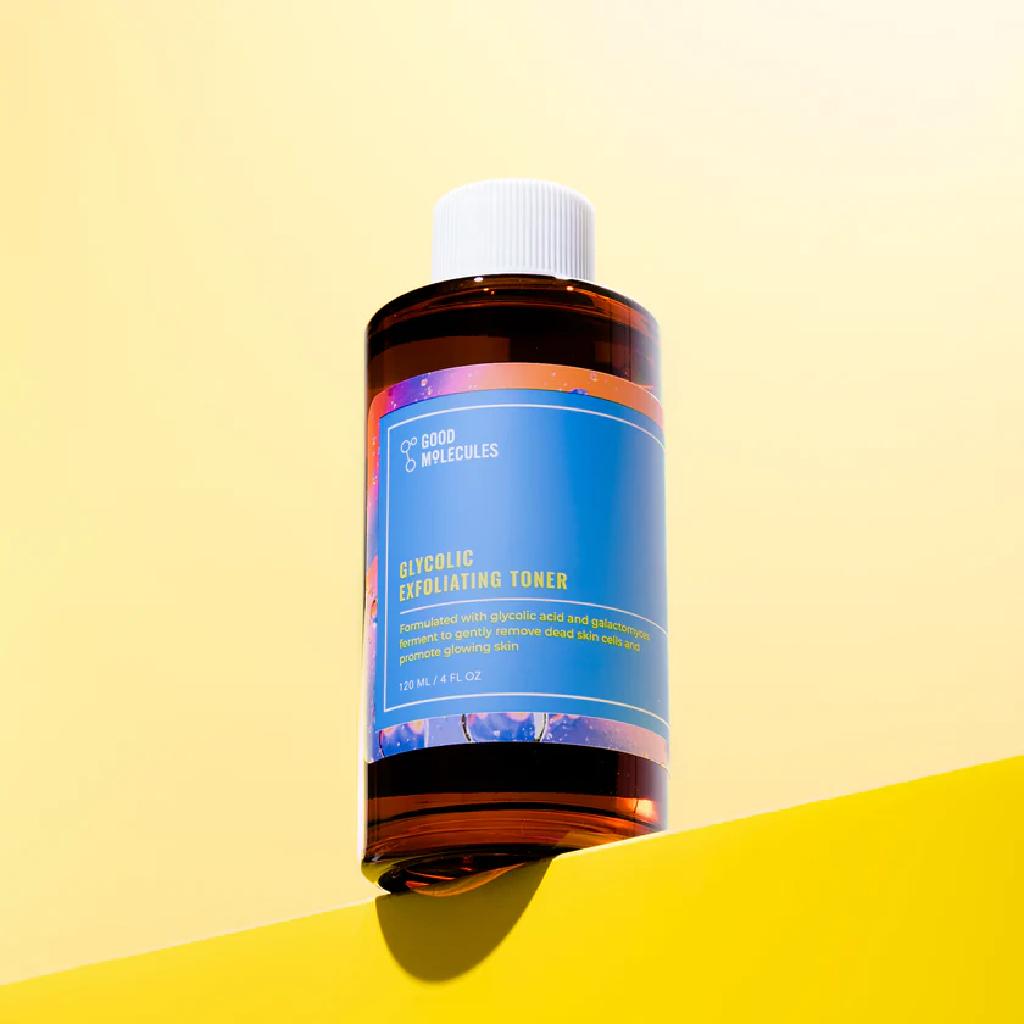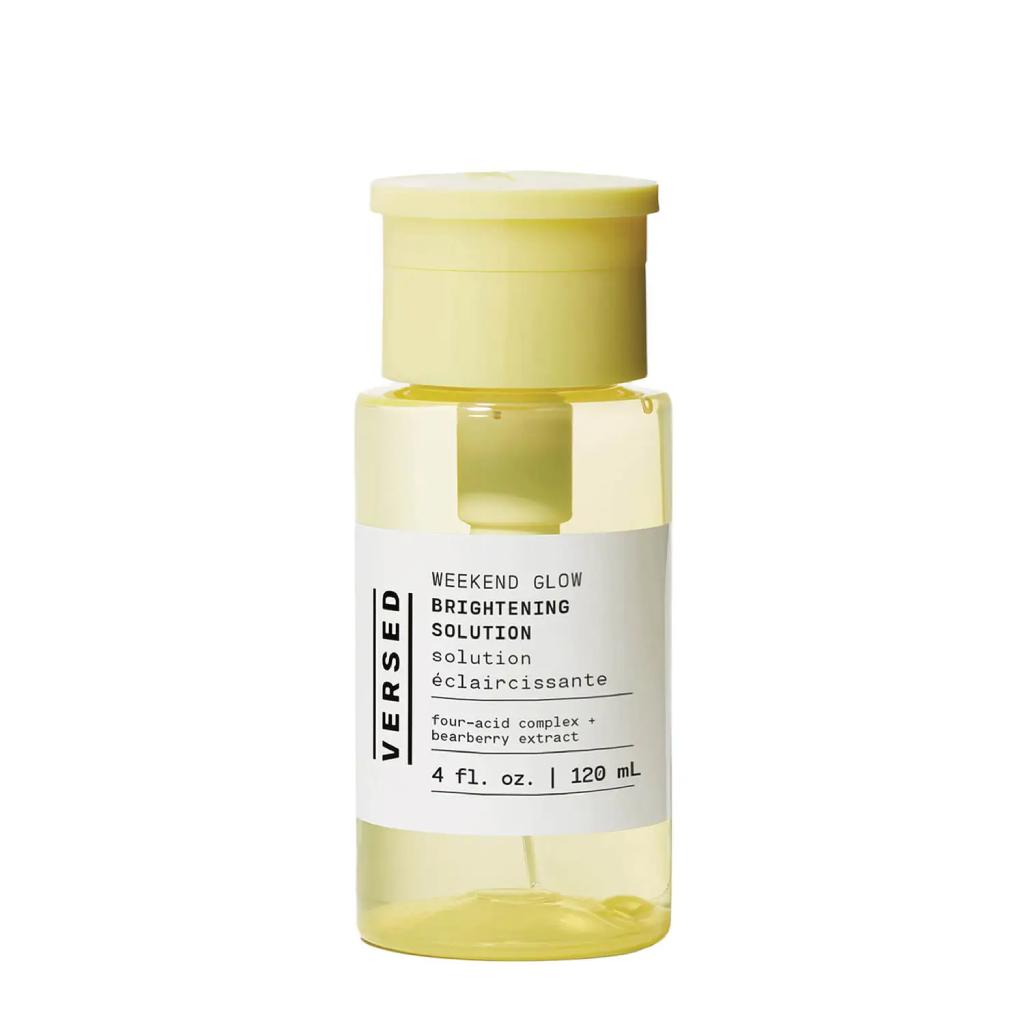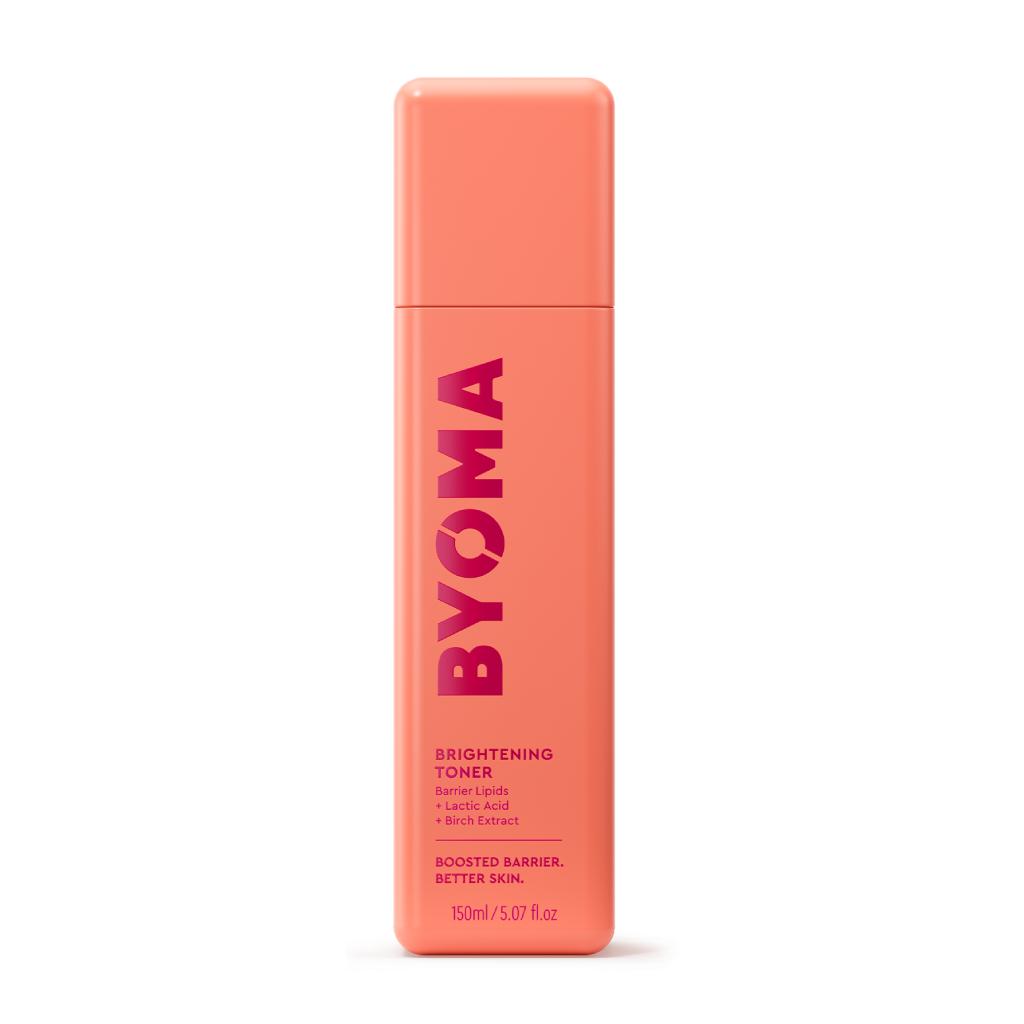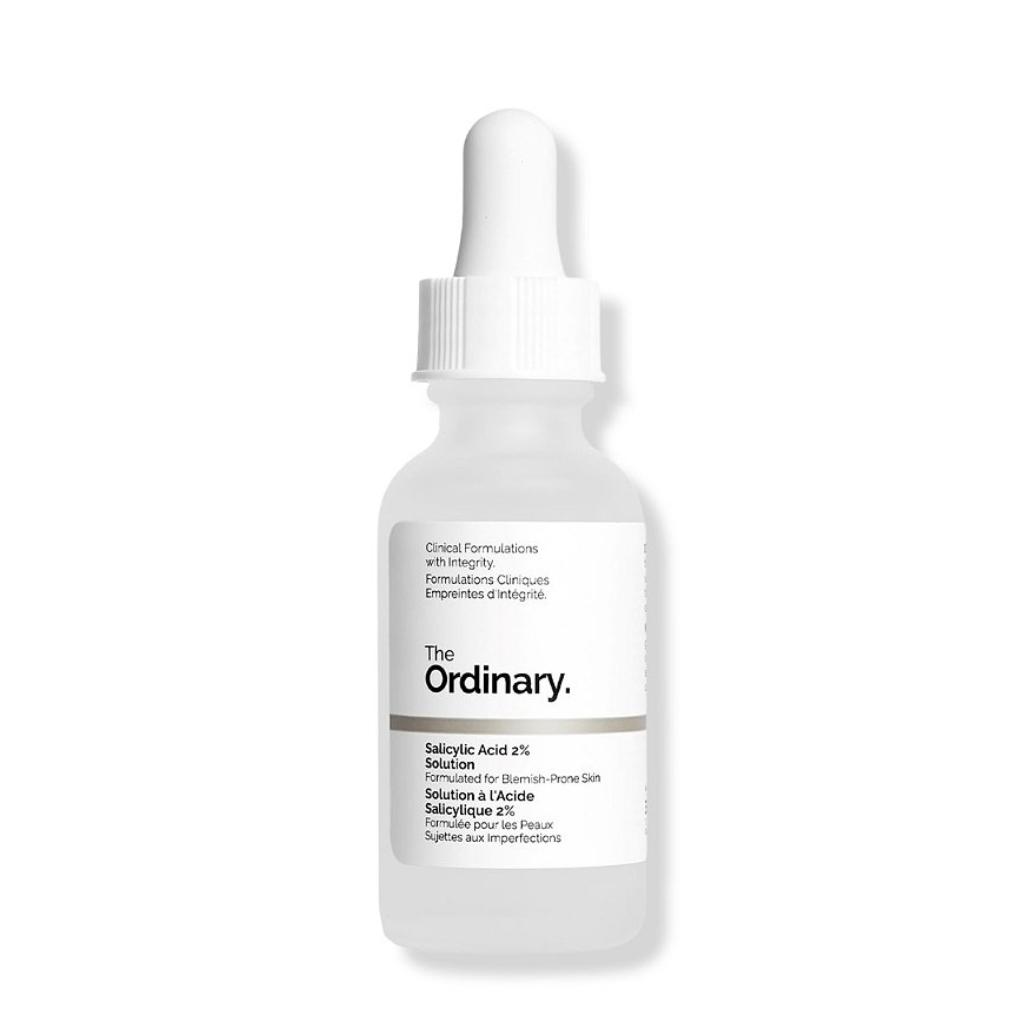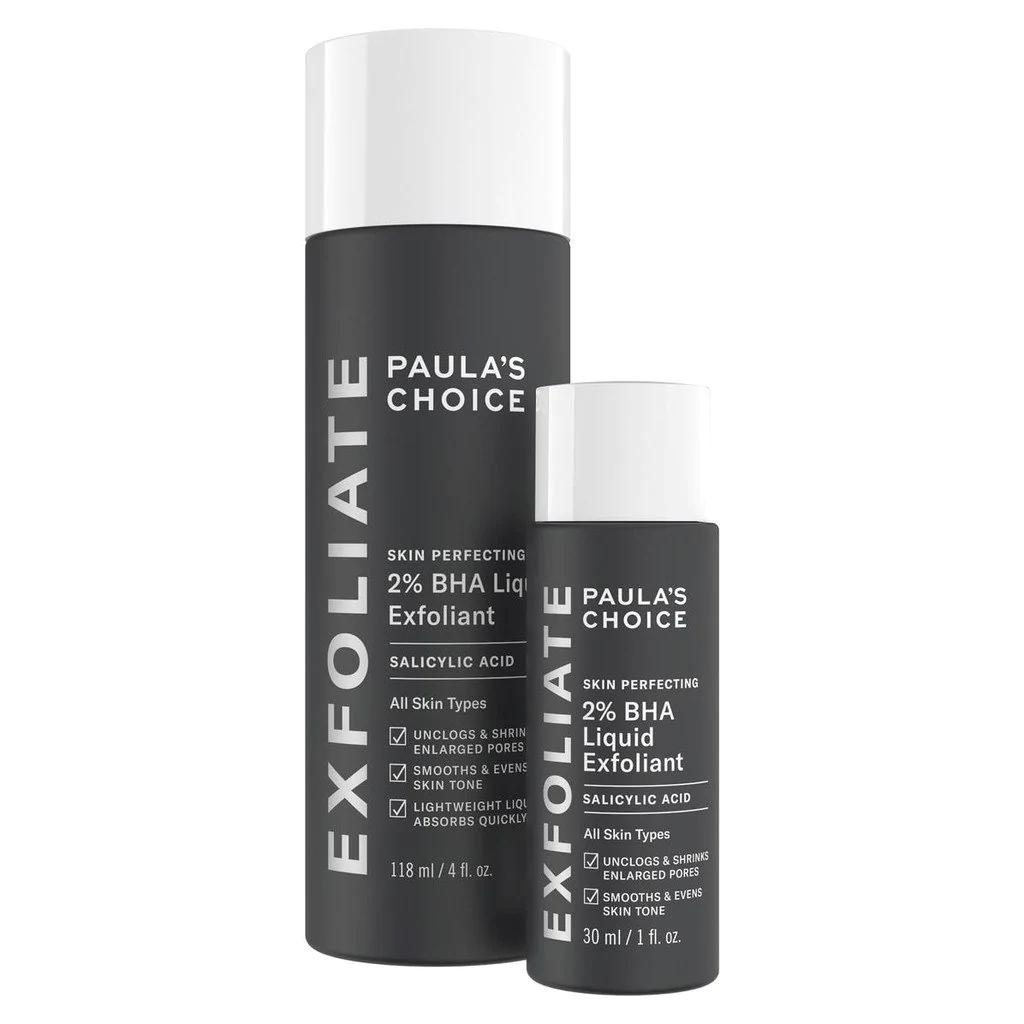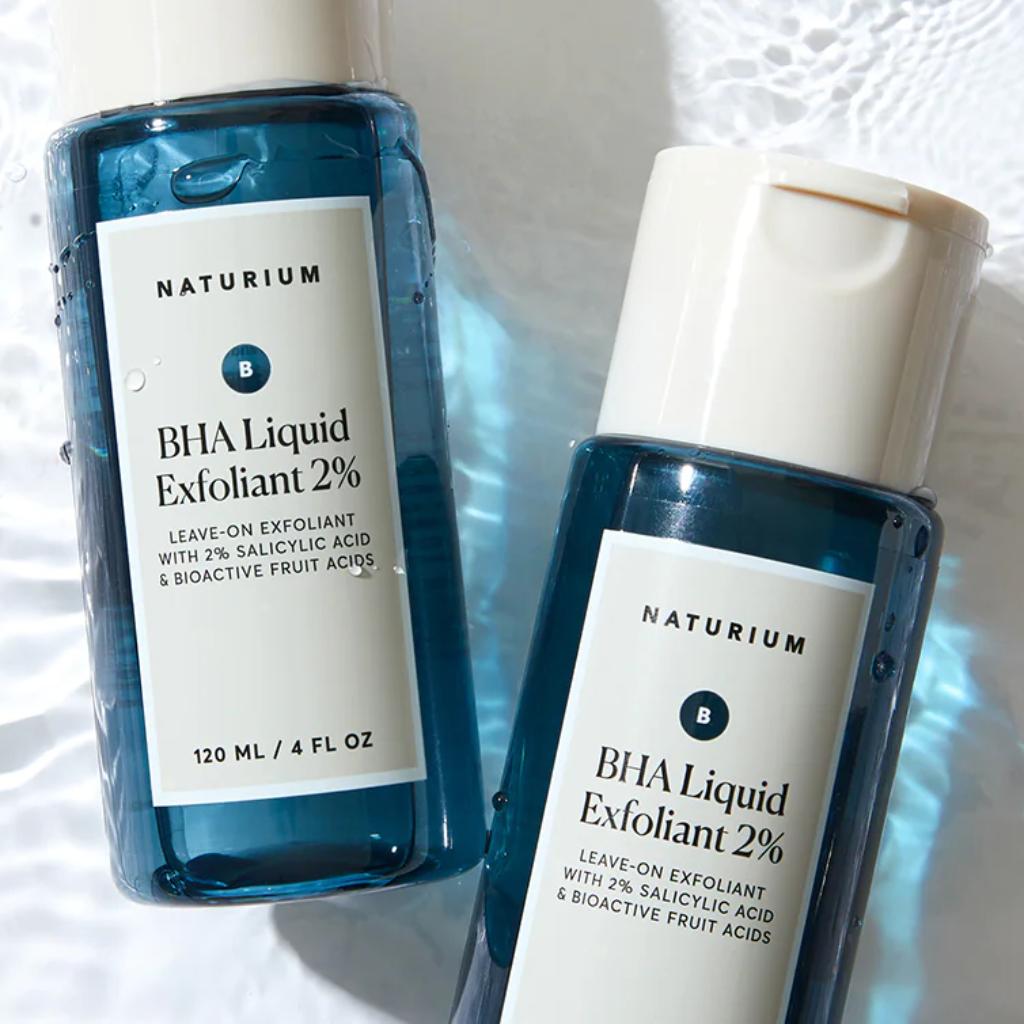Welcome to the ultimate guide on how to exfoliate like a pro and achieve a radiant complexion! Exfoliation plays a vital role in skincare, as it removes dead skin cells, unclogs pores, and promotes a healthier, more youthful appearance.
In this blog, we will explore the two main types of exfoliation, provide tips on preparing your skin, and highlight essential post-exfoliation care. Let’s dive in and discover the secrets to beautifully exfoliated skin!

Types of Exfoliation
1. Physical Exfoliation
This involves using scrubs, brushes or exfoliating tools to manually buff away dead skin cells, revealing a fresher complexion. Customizable in texture and intensity, these physical exfoliators are suitable for various skin types, but gentle pressure is essential, especially for sensitive skin.
2. Chemical Exfoliation
Chemical exfoliation utilizes acids or enzymes to dissolve dead skin cells. Alpha hydroxy acids (AHAs), such as glycolic acid and lactic acid, work on the skin’s surface, revealing a brighter complexion. Beta hydroxy acids (BHAs), like salicylic acid, penetrate deeper into the pores, making them effective for acne and blemishes. Chemical exfoliation offers precise targeting for specific skin concerns.
Preparing to exfoliate
To maximize the benefits of exfoliation, follow these essential steps for proper skin preparation:
1. Thouroughly cleanse your skin
Start by using a gentle cleanser to remove dirt, makeup, and impurities. This ensures a clean canvas for you to exfoliate, preventing pore blockage and enhancing the effectiveness of the process.
2. Avoid stripping natural oils
Choose a mild cleanser that preserves your skin’s natural oils. This helps maintain the moisture barrier and promotes a balanced and healthy complexion.
Tips to use exfoliating acids
To enhance your experience with exfoliating acids, check the above Instagram carousel for tips and consider the following habits:
1. Apply on clean, dry skin.
Use exfoliating acids as the first step after cleansing, on dry skin. This optimizes their effectiveness by ensuring direct contact and penetration.
2. Allow time for acid to work
After applying the exfoliating acid, leave it on for 10-15 minutes before moving on to the next step in your routine. This timeframe allows the acid to effectively exfoliate and benefit your skin. If time is limited, aim for at least 5 minutes.
3. Exfoliation frequency
Exfoliating 3-4 times a week is generally sufficient for most individuals. Avoid over-exfoliation, as it can lead to irritation and compromise the skin’s natural barrier.
4. Leave-on or wash-off
If your exfoliating acid is in serum, toner, gel, or lotion form, it does not need to be washed off. Simply proceed with the next product in your skincare routine. However, if it’s in mask form, follow the instructions and rinse it off accordingly.
5. Sunscreen is a must
Chemical exfoliation can increase your skin’s sensitivity to sun damage. Always apply a broad-spectrum sunscreen with an SPF of 30 or higher to protect your newly exfoliated skin from harmful UV rays.
Post exfoliation care
After you exfoliate, proper care is crucial for your newly revealed skin. Follow these essential post-exfoliation steps:
a. Hydrate, hydrate, hydrate!
This is crucial as exfoliation can deplete the skin’s moisture. A hydrator restores moisture, soothes irritation, enhances product absorption and promotes overall skin health. Look for hydrators with ingredients like hyaluronic acid and ceramides to replenish and hydrate the skin effectively.
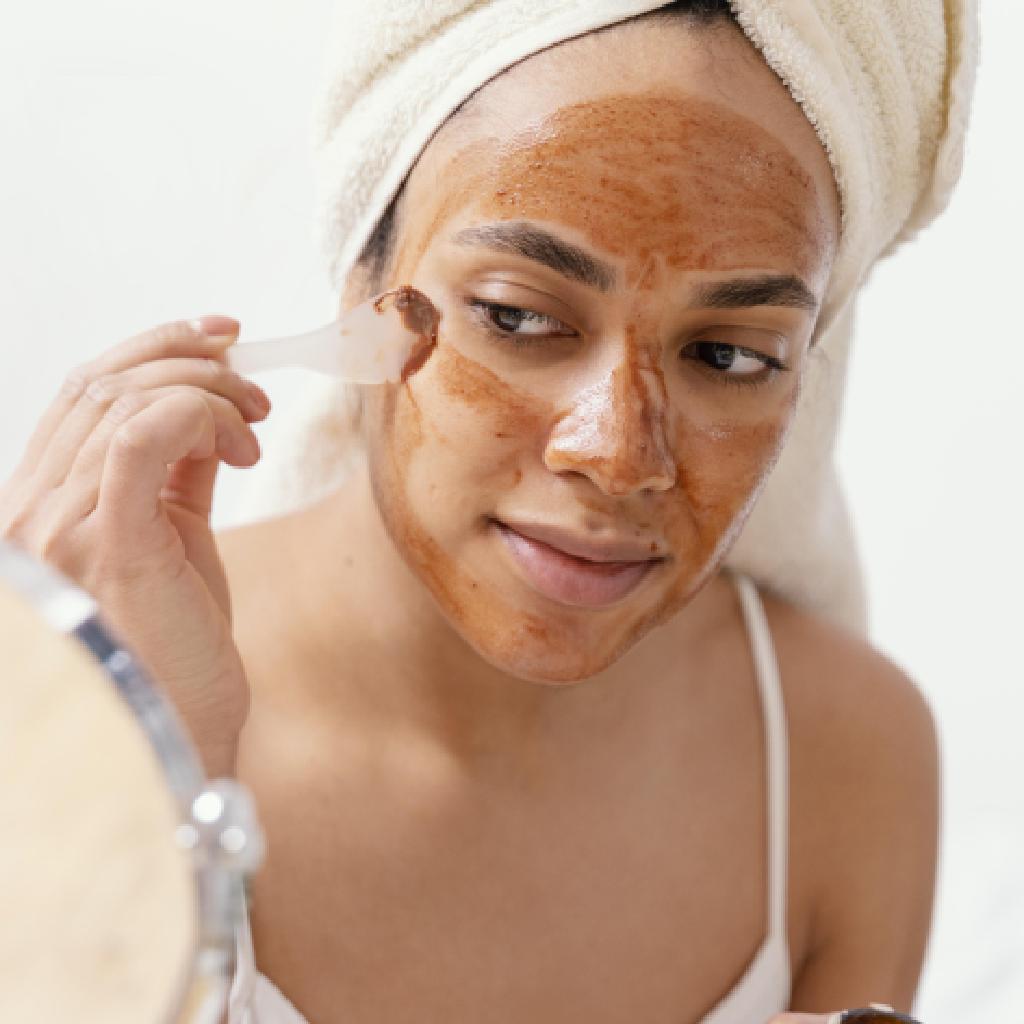
b. Moisturize your skin
After doing so, your skin may feel slightly sensitive and in need of hydration. Choose a nourishing moisturizer with ingredients like hyaluronic acid, ceramides, and natural oils to replenish moisture and soothe the skin. For access to our catalogue of moisturizing products, simply click here.
c. Shield with Sunscreen
Protect your exfoliated skin from sun damage by applying a broad-spectrum sunscreen with an SPF of 30 or higher. This shields your skin from harmful UV rays, preventing premature aging. Browse the full range of available sunscreens here.
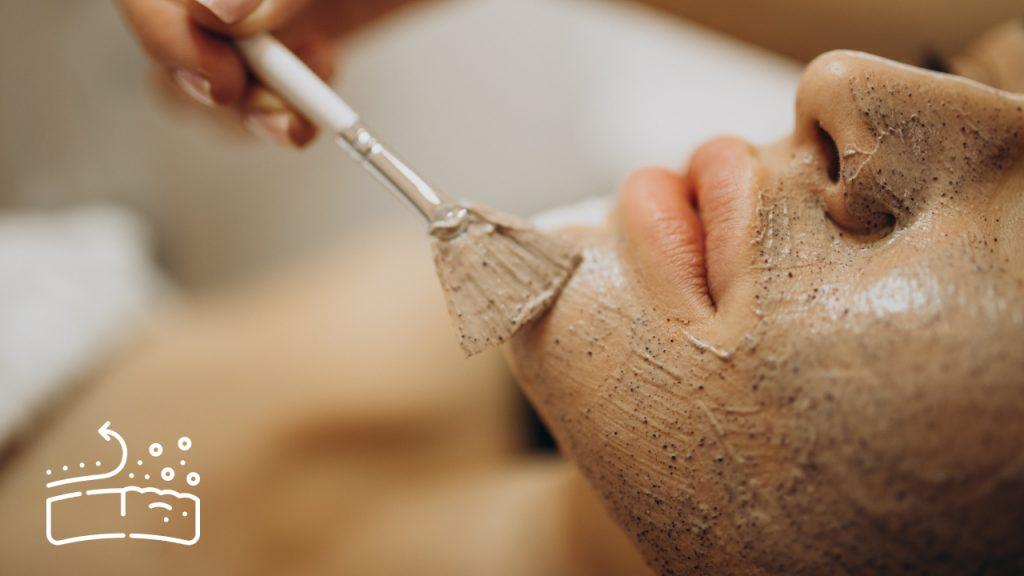
Additional tips & precautions
Here are a few extra tips and precautions to ensure a successful exfoliation experience:
- Start slowly
If you’re new to exfoliation or trying a new product, begin with a lower frequency and gradually increase as your skin adjusts. Over-exfoliating can lead to irritation and sensitivity.
- Listen to your skin
Pay attention to how your skin responds to exfoliation. If you experience excessive redness, irritation, or discomfort, reduce the frequency or switch to a milder exfoliating acids.
- Be gentle
Whether using physical or chemical exfoliants, avoid excessive pressure or harsh ingredients that can damage the skin’s protective barrier.
- Choose the right exfoliant for your skin
Consider your skin type and concerns when selecting exfoliation products. Gentler formulations work well for sensitive skin, while BHAs or exfoliants with antibacterial properties are beneficial for oily or acne-prone skin.

Exfoliating doesn’t have to be complicated. By understanding the different types of exfoliation, preparing your skin properly, and providing adequate post-exfoliation care, you can achieve remarkable results and reap all the benefits of exfoliating your skin. Unlock the secrets to smoother, brighter, and healthier-looking skin by incorporating exfoliation into your skincare routine.
Disclaimer: The information provided on this website, including the blogs and articles, is not intended to replace or substitute professional skincare advice, diagnosis, or treatment. Always seek the advice of a qualified skincare professional or dermatologist for personalized recommendations and guidance regarding your specific skin concerns
- Merinville, E., Laloeuf, A., Moran, G., Jalby, O. and Rawlings, A.V. (2009), Exfoliation for sensitive skin with neutralized salicylic acid?. International Journal of Cosmetic Science, 31: 243-244. https://doi.org/10.1111/j.1468-2494.2009.00501_2.x
- Arif T. Salicylic acid as a peeling agent: a
comprehensive review. Clin Cosmet Investig Dermatol. 2015 Aug
26;8:455-61. doi: 10.2147/CCID.S84765. PMID: 26347269; PMCID:
PMC4554394. - Grajqevci-Kotori M, Kocinaj A. Exfoliative Skin-peeling, Benefits from This Procedure and Our Experience. Med Arch. 2015 Dec;69(6):414-6. doi: 10.5455/medarh.2015.69.414-416. PMID: 26843737; PMCID: PMC4720453.
